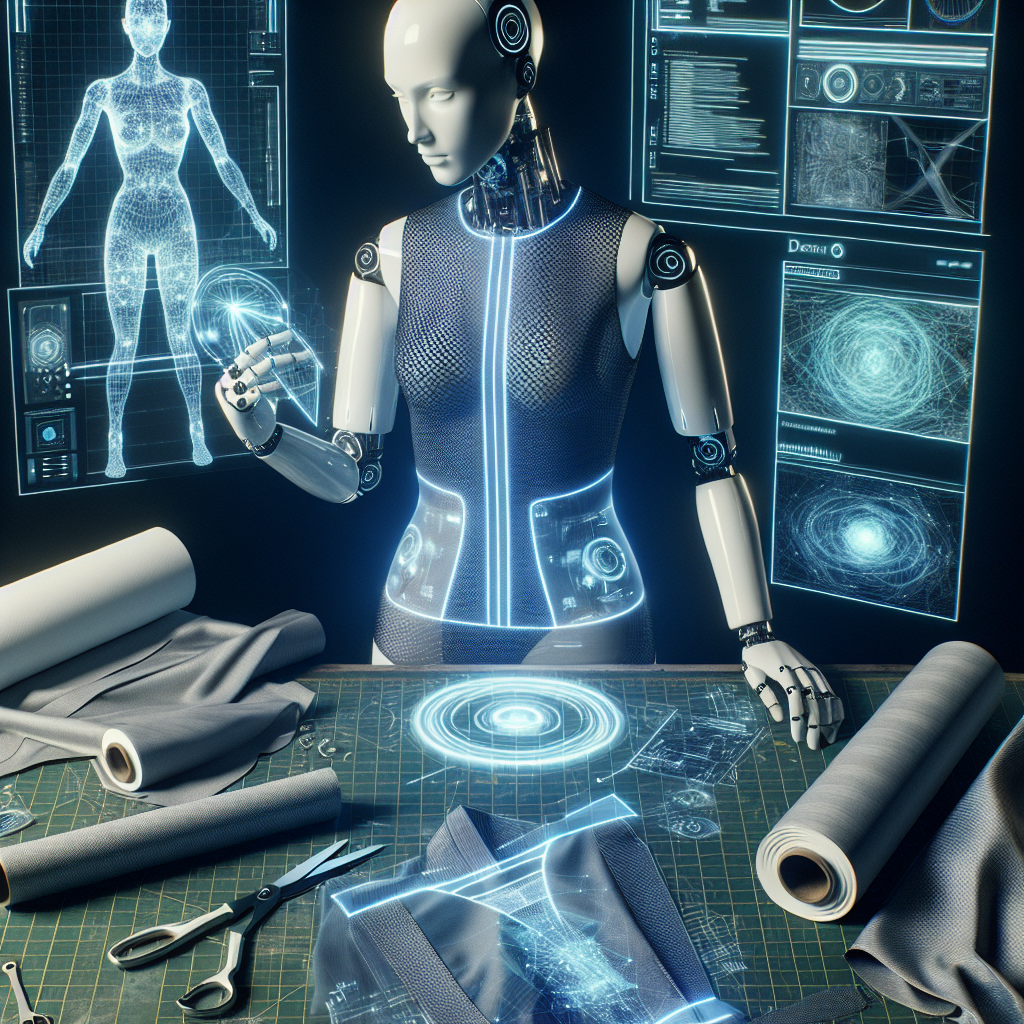Artificial intelligence (AI) has been revolutionizing industries across the board, and the fashion tech sector is no exception. With advancements in AI technology, wearable devices have become increasingly sophisticated, offering users a wide range of functionalities and features that were once thought to be the stuff of science fiction. From smartwatches to fitness trackers to virtual fitting rooms, AI is reshaping the way we interact with fashion and technology.
AI-powered wearable devices are becoming more prevalent in the fashion industry, offering consumers personalized experiences and innovative solutions to everyday problems. In this article, we will explore how AI is reshaping wearable technology in the fashion sector and how it is impacting the way we shop, dress, and interact with our clothing.
AI and Fashion Tech: The Current Landscape
AI technology has already made a significant impact on the fashion industry, with companies using machine learning algorithms to analyze data and predict trends, design clothing, and improve the shopping experience for consumers. In the wearable technology sector, AI is being used to create smart fabrics that can monitor the wearer’s health, track their activity levels, and even change color or texture based on environmental conditions.
One of the most significant areas where AI is making waves in the fashion tech sector is in virtual fitting rooms. These virtual fitting rooms use AI algorithms to analyze a user’s body measurements and suggest clothing items that will fit them perfectly. This technology not only reduces the need for physical fitting rooms but also helps consumers make more informed decisions when shopping online.
Another area where AI is transforming wearable technology is in personalized styling services. Companies like Stitch Fix and Trunk Club use AI algorithms to analyze customer data and preferences to curate personalized clothing recommendations. These services take the guesswork out of shopping and help consumers discover new styles that they may not have considered before.
AI is also being used to create smart accessories, such as smartwatches and fitness trackers, that can monitor the wearer’s health and activity levels. These devices can track metrics like heart rate, steps taken, and calories burned, providing users with valuable insights into their health and fitness goals.
AI and Fashion Tech: The Future of Wearable Technology
As AI technology continues to advance, the possibilities for wearable technology in the fashion sector are endless. In the future, we can expect to see even more sophisticated AI-powered devices that offer personalized experiences and seamless integration into our daily lives.
One exciting development in the field of AI and fashion tech is the use of AI algorithms to create custom clothing designs. Companies like Unmade and Ministry of Supply are using AI to design clothing that is tailored to individual preferences and body shapes, revolutionizing the way we think about fashion and customization.
Another area where AI is poised to make a big impact is in sustainability. By using AI algorithms to optimize production processes and reduce waste, fashion companies can create more sustainable and eco-friendly clothing options. AI can also help consumers make more sustainable choices by providing information about the environmental impact of their clothing purchases.
AI-powered virtual stylists are also on the horizon, offering users personalized styling advice and outfit recommendations based on their preferences and body type. These virtual stylists can help users discover new styles and trends, making the shopping experience more engaging and enjoyable.
Overall, the future of wearable technology in the fashion sector looks bright, with AI playing a central role in shaping the way we interact with clothing and accessories. From personalized styling services to sustainable fashion options, AI is revolutionizing the way we think about fashion and technology.
FAQs
Q: How is AI being used in virtual fitting rooms?
A: AI algorithms analyze a user’s body measurements and suggest clothing items that will fit them perfectly. This technology reduces the need for physical fitting rooms and helps consumers make more informed decisions when shopping online.
Q: How are companies using AI to create custom clothing designs?
A: Companies like Unmade and Ministry of Supply are using AI to design clothing that is tailored to individual preferences and body shapes. This customization revolutionizes the way we think about fashion and personalization.
Q: How can AI help consumers make more sustainable fashion choices?
A: AI algorithms can provide information about the environmental impact of clothing purchases, helping consumers make more sustainable choices. Additionally, AI can optimize production processes and reduce waste, leading to more eco-friendly clothing options.
Q: What are some examples of AI-powered wearable devices?
A: Smartwatches, fitness trackers, and virtual fitting rooms are all examples of AI-powered wearable devices. These devices offer users personalized experiences and innovative solutions to everyday problems.
Q: How can AI improve the shopping experience for consumers?
A: AI algorithms can analyze customer data and preferences to curate personalized clothing recommendations, making the shopping experience more engaging and enjoyable. Additionally, AI-powered virtual stylists can offer users personalized styling advice and outfit recommendations based on their preferences and body type.

